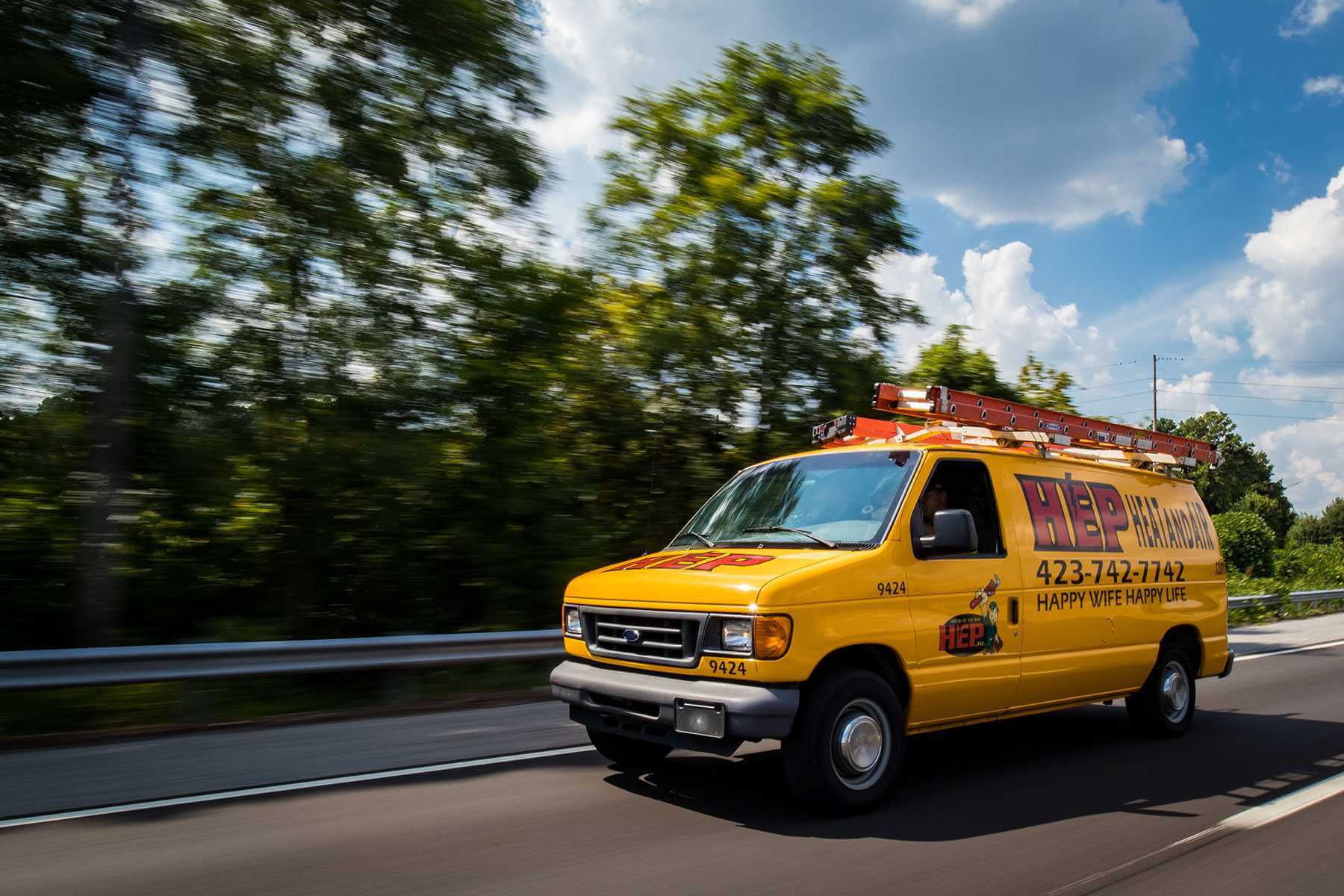

Tenant Improvements
Your trusted partner for professional home services. Quality workmanship, guaranteed satisfaction.




- HEP Plumbing
- Tenant Improvements
Tenant Improvements | Commercial Plumbing | Plumbing | Monterey
From adaptive build-outs to full-scale remodels, HEP Plumbing & Mechanical brings decades of expertise to Monterey’s thriving businesses, ensuring every tenant improvement project runs smoothly, stays on schedule, and meets the most stringent codes. Our specialists coordinate closely with general contractors, designers, and city inspectors to re-route water and gas lines, install high-efficiency fixtures, and integrate smart leak-detection systems—all while keeping disruptions to a minimum. Because we live and work here, we know the coastal climate and municipal regulations inside out, so you get flawlessly executed commercial plumbing that’s built to last.
Whether you’re converting a historic Cannery Row storefront into a modern taproom or upgrading a medical suite near Ryan Ranch, we tailor our solutions to match the unique demands of your space. Count on 24/7 responsiveness, transparent pricing, and craftsmanship backed by a satisfaction guarantee—so you can focus on welcoming tenants and customers, not worrying about pipes behind the walls.
FAQs
What exactly is “tenant improvement” plumbing in a commercial setting?
Tenant improvement (TI) plumbing refers to any alteration, addition, or relocation of water, gas, or drainage lines that tailors an existing commercial space to a new or expanding occupant’s needs. This can range from moving rest-room fixtures and installing break-room sinks to adding grease interceptors for restaurants or specialty piping for laboratories—all while maintaining compliance with current California Plumbing Code and City of Monterey regulations.
Do I need a permit for commercial tenant-improvement plumbing work in Monterey?
Yes. The City of Monterey Building & Safety Division requires plumbing permits for virtually all TI projects that modify existing supply or waste lines. In most cases you will submit drawings stamped by a licensed design professional, an engineered water-calculation sheet, and an accessibility compliance checklist. Our team can prepare the permit package, coordinate plan-check comments, and schedule inspections to keep your project moving without costly delays.
How long does a typical TI plumbing project take from start to finish?
Timeframes vary with scope and permitting, but most small to midsize Monterey TI projects follow this pattern: • 1–3 weeks: Design, budgeting, and permit submittal • 2–4 weeks: City plan review and revisions (can be expedited for a fee) • 1–3 weeks: On-site construction, rough-in inspections, and finish work • 1 week: Final inspection, punch-list, and hand-over Restaurants, medical offices, or multi-story reroutes can extend schedules, but we create phased plans so other trades and build-outs can proceed in parallel.
What factors have the biggest impact on project cost?
Major cost drivers include: 1. Fixture count and type (standard restroom vs. specialty lab sinks) 2. Distance to existing mains—longer branch runs mean more pipe and labor 3. Accessibility upgrades (e.g., ADA-compliant restrooms or drinking fountains) 4. Special requirements such as grease traps, backflow preventers, or acid-resistant waste lines 5. Off-hours work to avoid tenant disruption We provide detailed, line-item estimates up front and offer value-engineering suggestions—such as consolidating fixture groups—to control costs without sacrificing code compliance.
Can you help us meet Monterey Peninsula water-conservation rules?
Absolutely. The Monterey Peninsula Water Management District (MPWMD) enforces some of California’s strictest water-use limits. We routinely specify high-efficiency toilets (≤1.28 gpf), sensor faucets (≤0.5 gpm), and ENERGY STAR commercial dishwashers. We also prepare the MPWMD “Water Release” paperwork and perform fixture count audits so your project secures the required Water Permit prior to final inspection.
How do you minimize disruption to our employees and customers during the TI build-out?
We schedule noisy demolition and tie-ins after business hours whenever possible, install temporary water shut-off valves to isolate only the affected zone, and maintain clear, OSHA-compliant pathways for ongoing operations. For restaurants and retail, we can phase work by area—keeping at least one restroom open at all times—and use prefabricated piping assemblies to shorten on-site installation time. Daily progress updates and a single project manager ensure everyone knows when brief service interruptions will occur.